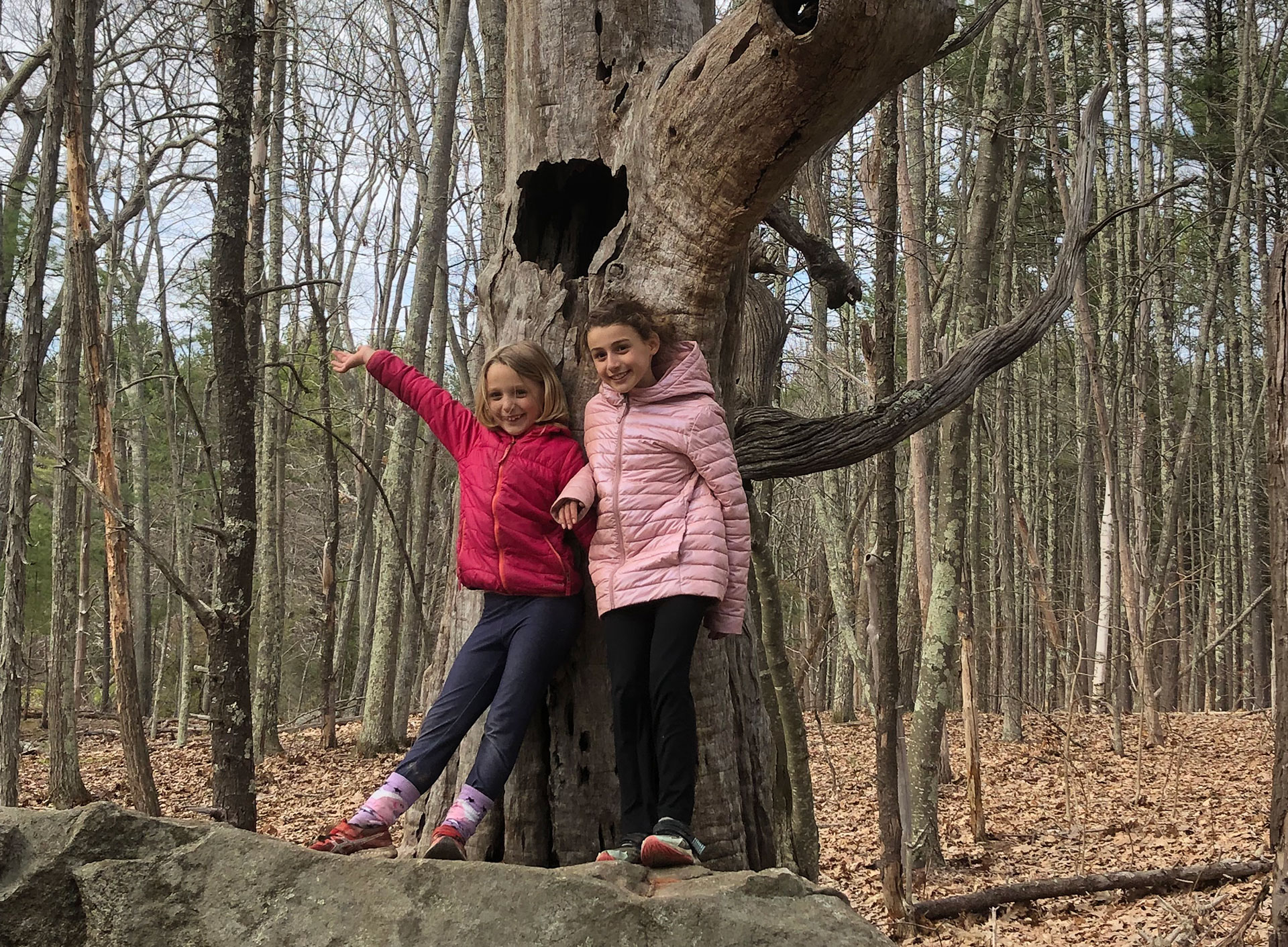
Photo caption
Every couple of weeks, Kristen Murphy heads out to collect the electronic cards from three trail cameras in Exeter. As soon as she is back in her office, she plugs the cards into her computer. “It is exciting!” she says. “I never know what I am going to see!” Bobcat, deer, coyote, raccoons, opossum, and beaver – just a few of the many species that have been caught on the carefully placed cameras at two bridge crossings below Route 101 and Route 27 in Exeter.
Back in June 2020, Kristen (who is Exeter’s Natural Resources Planner) together with conservation commission member Carlos Guindon attended an introductory webinar on Protecting Wildlife Corridors, based on the Connect the Coast report. She left the workshop feeling inspired! The road crossings at Bloody Brook in Exeter were part of a wildlife corridor identified in the Connect the Coast maps. The Exeter Conservation Commission had previously installed a camera at one of the crossings, but they weren’t sure if it was installed correctly. After attending the workshop, Kristen renewed her interest to understand how wildlife are using this travel corridor. She contacted Pete Steckler at The Nature Conservancy (lead author for Connect the Coast) to enlist his help. Together they installed two cameras, and eventually added two more: initially one under each bridge crossing, followed by two more to monitor a crossing over a beaver dam in the same area and movement along the base of one of the bridge abutments. Their monitoring started in in fall 2020.
While the bridges at the two road crossings appear to have been specifically designed for the passage of wildlife, there was concern that highway fencing in the area may block some of the wildlife using the corridor. Exeter is using the information collected from the camera study to determine the fencing impacts and coordinating with NHDOT in hopes that the fencing can be modified in the future to improve wildlife passage.
Corridors allow wildlife to move about the landscape between larger areas of suitable habitat. Depending on the species and time of year, corridors are used to access food, water, breeding and overwintering habitats. Roads and developed areas are among some of the fragmenting features that hinder wildlife movement. Wildlife corridors are especially important for supporting movement through these pinch points or bottlenecks. Understanding more about wildlife corridors, the species using them and the barriers they face, helps communities make better and more informed decisions in their conservation planning, land use decision making, and conservation actions.
The Exeter conservation commission is now working on developing some goals for using this information. Understanding the use of the Bloody Brook corridor has influenced their interest in conserving other parcels that can help connect this area to other protected lands. They realized that once trail cameras are set up, they can quickly gain informative wildlife data and are now are looking at different areas of town to understand other wildlife corridors, what protection mechanisms might be helpful, and what measures may be already in place. They plan to look at current bridge designs in town - which ones are working well for wildlife passage and which ones need improvement. And they also hope to explore potential collaborative opportunities with adjacent towns, since wildlife corridors don’t stop at political boundaries!
As they collect this data to learn more about their wildlife corridors, Exeter is working on how best to document and use the wealth of data from the trail cameras – not just the species, but dates of observations, weather, seasons, and time of day, etc. A future goal is to build this into their future conservation planning for protecting wildlife corridors in their town and beyond.
Share this post

